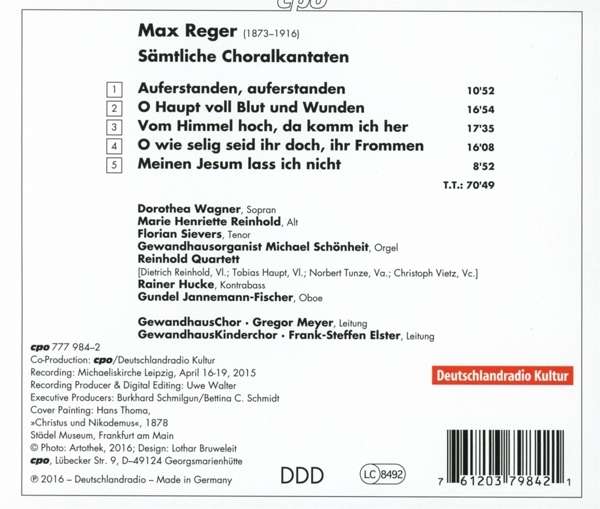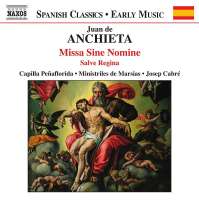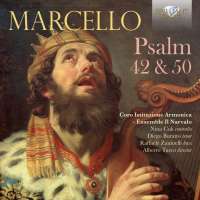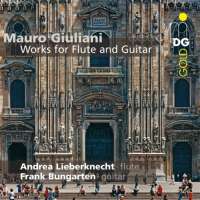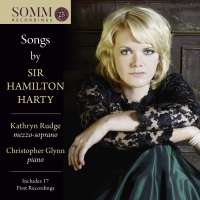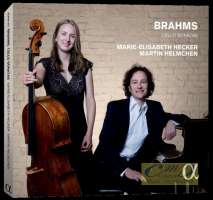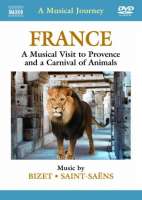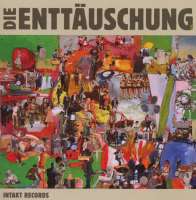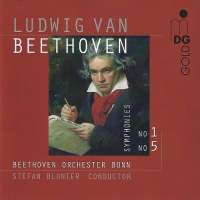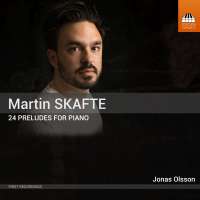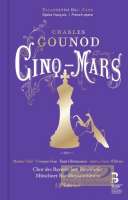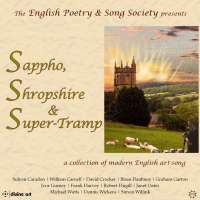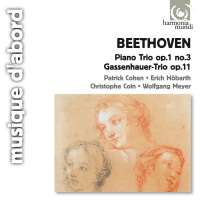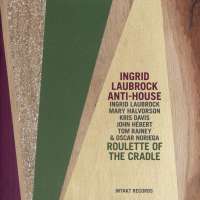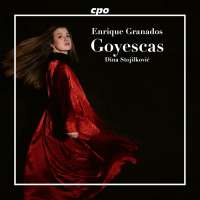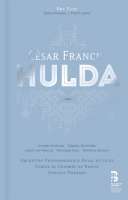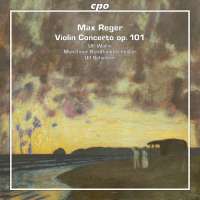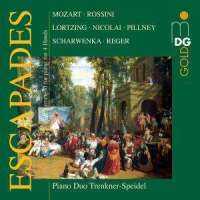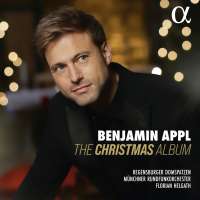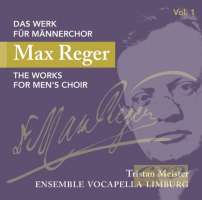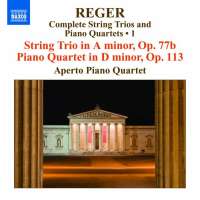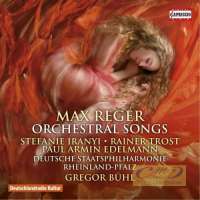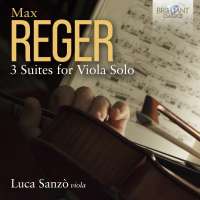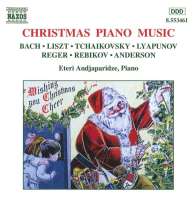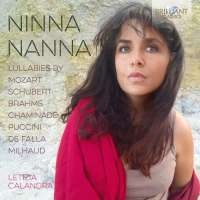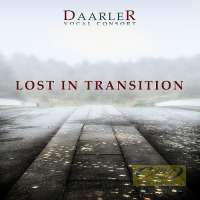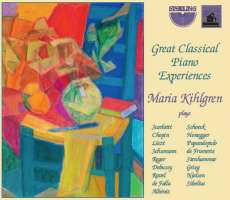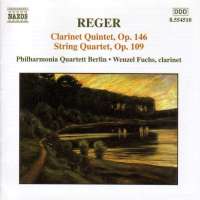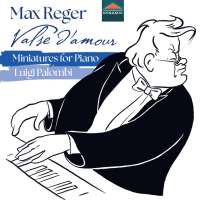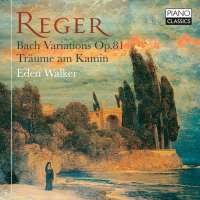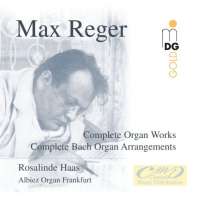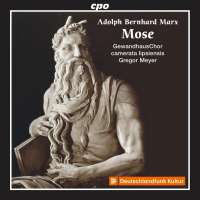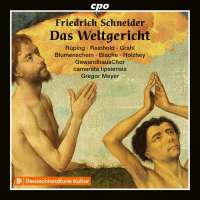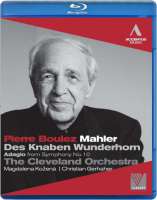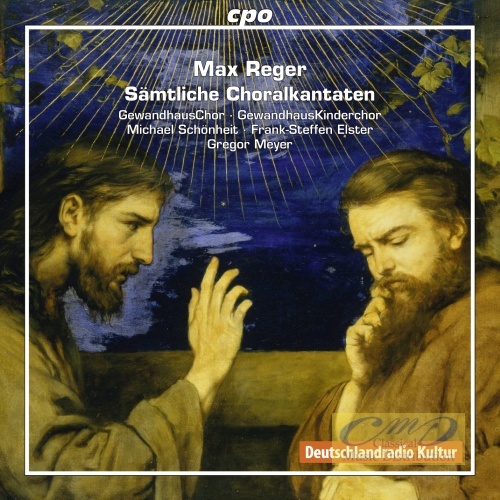
kompozytor
Reger, Max
tytuł
Reger: Complete Chorale Cantatas
wykonawcy
GewandhausChor;
GewandhausKinderchor
GewandhausKinderchor
nr katalogowy
CPO 777 984-2
opis
Our first release commemorating the hundredth anniversary of Max Reger's death features the recording premiere of his complete (five) chorale cantatas. Reger became acquainted with Protestant sacred music early in his life. Although he was a Catholic, Protestant church music quite literally was just around the corner in his native Weiden, where St. Michael's Parish Church was used by both confessions. Even though his closer family members viewed it with great concern, his occupation with chorales became a lifelong struggle and their use a significant stylistic means even in his secular music. His activity in this field was his independent and most extensive contribution to a core genre of Protestant church music, and his chorales were also the only outstanding contribution to this genre in the oeuvre of one of the greats of his times. Beginning in 1900 Max Reger established contact with Friedrich Spitta (1852-1924), along with Julius Smend (1857-1930), the editor of the Monatschrift für Gottesdienst und kirchliche Kunst, and submitted many compositions for publication in this monthly. In the Monatschrift Spitta, a professor of theology at the Emperor William University in Strasbourg, had repeatedly promoted the idea of the composition of a »dramatized« version of Luther's chorale Vom Himmel hoch that would assign the strophes to the various persons of the drama while also incorporating a modest string ensemble. In April 1903 he finally turned to Reger, in this connection possibly sending him the Evangelisches Gesangbuch für Elsaß-Lothringen, the new edition of a Lutheran hymnbook published in 1902, and recommended to the composer an assignment of the strophes to soprano, alto, children's choir, and congregation. (The hymnbook is extant in the Max Reger Archive in Meiningen.) Since Heinrich von Herzogenberg at the very latest such »slenderized« chorale cantatas had not been at all unusual. Moreover, since 1900 the trend toward simplicity in church music including the participation of the congregation and in some cases with modest instrumental forces complementing the organ, had established itself in various regions not only for reasons of practical performance but also for aesthetic reasons as a contrast to the symphonic oratorio.
nośnik
CD
gatunek
Muzyka klasyczna
producent
CPO
data wydania
26-02-2016
EAN / kod kreskowy
761203798421

(Produkt nie został jeszcze oceniony)
cena 42,00 zł
lubProdukt na zamówienie
Wysyłka ustalana indywidualnie.
Darmowa wysyłka dla zamówień powyżej 300 zł!
Darmowy kurier dla zamówień powyżej 500 zł!
sprawdź koszty wysyłki